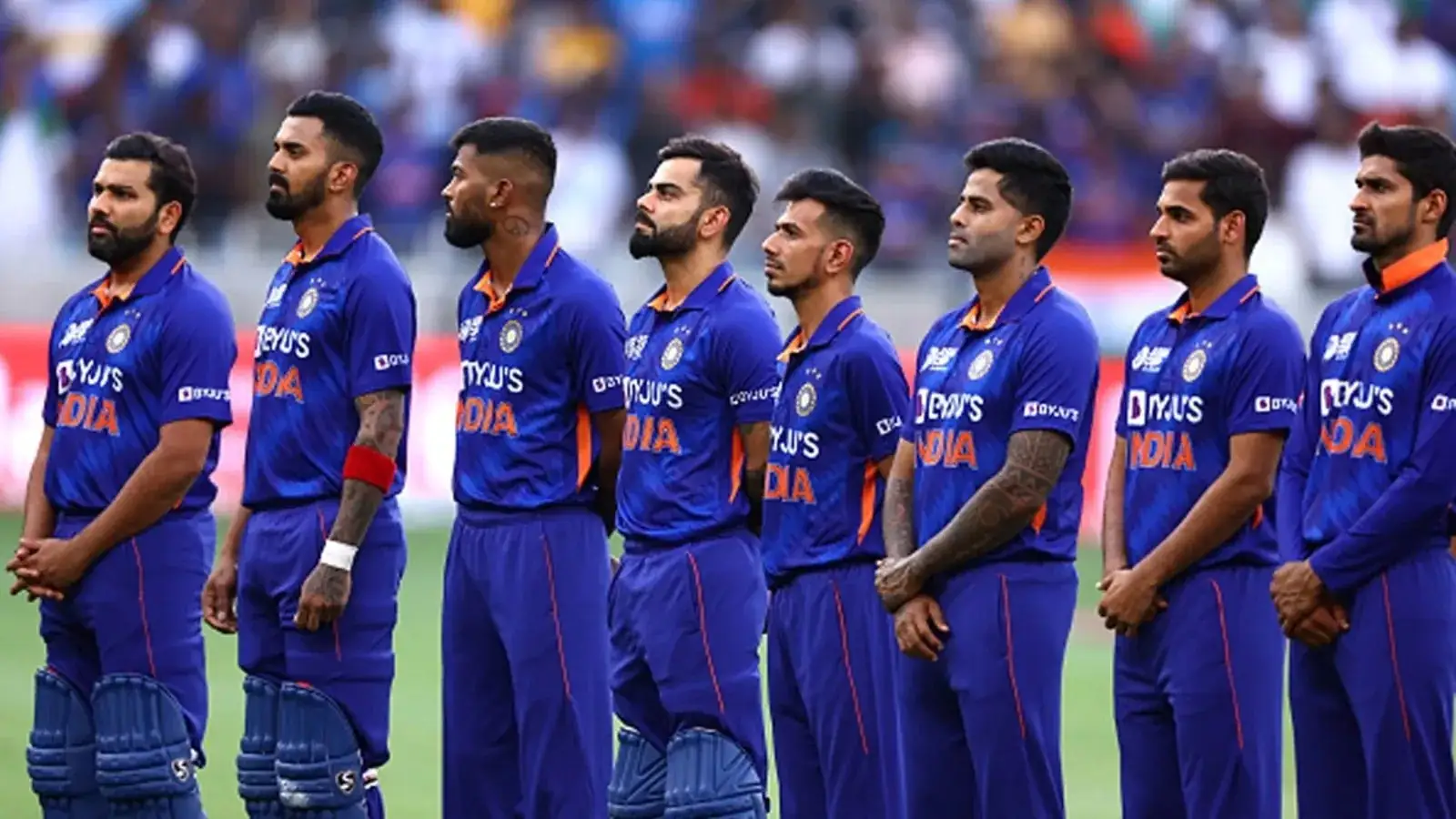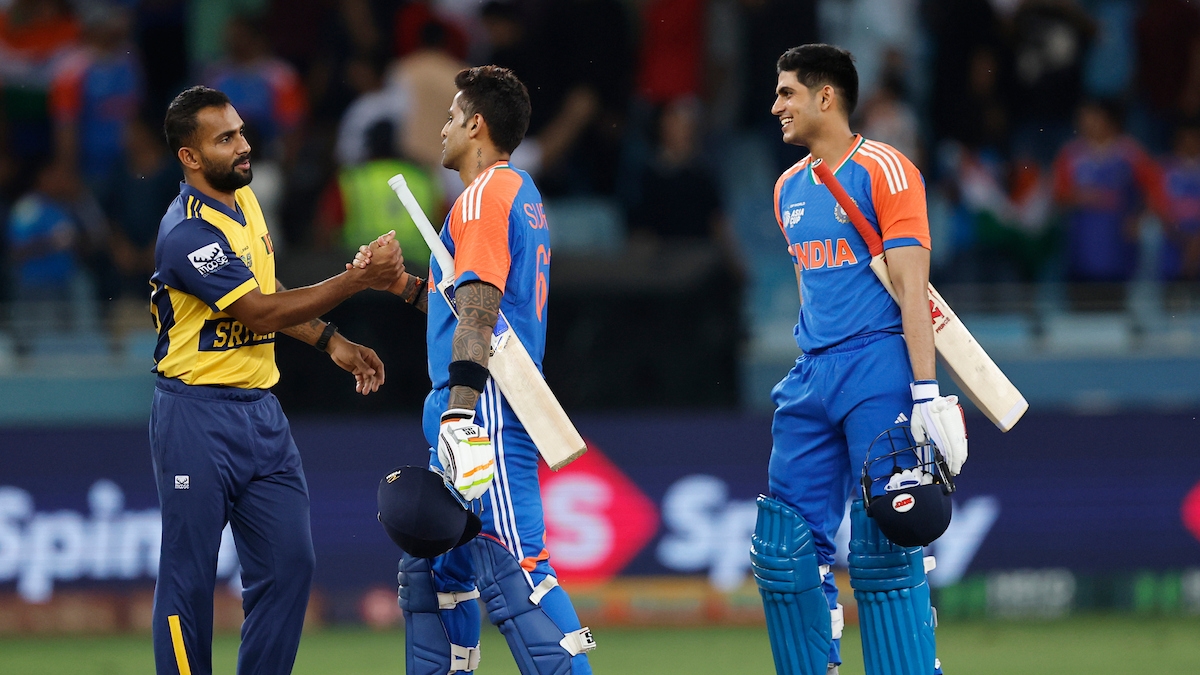Cricket is more than just a sport—it’s a pathway to dreams, discipline, and global recognition. For aspiring cricketers, starting early and receiving structured guidance can make all the difference. Youth cricket programs have emerged as vital platforms for discovering talent, nurturing skills, and preparing players for professional levels. These programs serve as the backbone of cricketing nations, helping young athletes transition from playgrounds to international stadiums.
In this blog, we explore the importance of youth cricket programs, their structure, benefits, and success stories, highlighting how they kickstart promising cricket careers.
Why Youth Programs Are Essential
Youth cricket programs are designed to identify talent early and provide systematic training. Key reasons they are essential include:
- Skill Development – Young players learn fundamental techniques, from batting and bowling to fielding.
- Discipline and Sportsmanship – Structured programs teach the values of teamwork, commitment, and respect.
- Early Exposure to Competition – Competing at junior levels helps players adapt to high-pressure situations.
- Talent Identification – Scouts and coaches can spot potential stars who may progress to state, national, or even international levels.
- Physical Fitness – Youth programs emphasize strength, stamina, and agility, forming the foundation for professional cricket.
By starting early, these programs ensure that talented players are well-prepared to handle the demands of competitive cricket.
Structure of Youth Cricket Programs
Youth programs are typically designed to provide comprehensive training across all aspects of cricket. Common features include:
1. Coaching and Skill Clinics
- Professional coaches guide young players in batting, bowling, and fielding techniques.
- Workshops focus on footwork, shot selection, bowling variations, and catching skills.
2. Physical Training and Conditioning
- Emphasis on strength, endurance, and agility to meet modern cricket’s physical demands.
- Injury prevention techniques and proper warm-up routines are integrated.
3. Competitive Matches and Tournaments
- Local, regional, and national tournaments provide real match experience.
- Players learn to adapt strategies, handle pressure, and perform consistently.
4. Mentorship Programs
- Experienced cricketers mentor young talents, sharing insights on technique, strategy, and mindset.
- Mentorship helps in building confidence and understanding professional expectations.
5. Holistic Development
- Programs often include sessions on nutrition, psychology, and media handling.
- Preparing young athletes off the field ensures they become well-rounded professionals.
Benefits for Aspiring Cricketers
Participation in youth cricket programs offers numerous advantages:
- Skill Enhancement – Focused training improves technical abilities faster than casual practice.
- Networking Opportunities – Interaction with coaches, scouts, and fellow players opens doors for higher-level selections.
- Exposure to Competitive Environments – Learning to perform under pressure is crucial for future success.
- Early Recognition – Talented players often receive scholarships, sponsorships, or selections for academies.
- Mental Strength – Handling wins, losses, and setbacks at a young age builds resilience.
These benefits collectively accelerate career growth, giving young cricketers an edge in professional circuits.
Success Stories From Youth Programs
Several cricket stars trace their roots to youth programs, illustrating their impact:
- Virat Kohli – Started in a local cricket academy in Delhi, progressing through age-group cricket to become one of the world’s best batsmen.
- Jasprit Bumrah – Early exposure to structured bowling programs helped him master variations and fitness techniques.
- Smriti Mandhana – Youth cricket training in Maharashtra laid the foundation for her aggressive and technically sound batting style.
- Shubman Gill – Participation in age-group national programs enabled him to perform consistently for India’s U-19 and senior teams.
These stories show how youth programs bridge the gap between talent and international cricket.
How Cricket Boards and Academies Support Youth Programs
Cricket boards and academies worldwide invest in youth development to ensure a steady talent pipeline:
- BCCI (India): Conducts U-16, U-19, and state-level tournaments to spot emerging talent.
- ECB (England): Runs county academies and youth programs focusing on skill, fitness, and mental toughness.
- Cricket Australia: Offers structured junior leagues, camps, and scholarships to nurture young cricketers.
These organizations provide facilities, coaching expertise, and competitive platforms, giving youth players a clear pathway to professional cricket.
Tips for Young Cricketers Joining Youth Programs
- Focus on Fundamentals – Master batting, bowling, and fielding basics.
- Maintain Fitness – Strength, agility, and endurance are critical for long-term performance.
- Learn from Coaches – Follow advice, ask questions, and be receptive to feedback.
- Stay Mentally Strong – Develop resilience, patience, and concentration.
- Participate Actively – Play in tournaments, practice regularly, and embrace learning opportunities.
Consistency, discipline, and dedication in youth programs often determine future success in professional cricket.
Conclusion
Kickstarting a cricket career through youth programs is the most reliable way to turn potential into performance. These programs offer structured training, competitive exposure, mentorship, and holistic development that prepares young athletes for the challenges of professional cricket.
From grassroots academies to national-level programs, youth initiatives have shaped some of the biggest cricket stars of our time. For aspiring cricketers, participation in these programs is not just a stepping stone—it’s a launchpad for dreams, discipline, and cricketing excellence.
With structured guidance, consistent practice, and mental toughness, today’s youth can become tomorrow’s cricketing legends, proving that every great career begins with a well-designed youth program.



